More than 20% of the Australian population has mild to moderate gum disease. Gum disease can have severe consequences for your oral and general health, potentially causing tooth loss and sepsis and leading to systemic diseases like diabetes.
Gingivitis is the beginning stage of gum disease. It is characterised by inflamed and sensitive gums, and it can develop into periodontitis if left untreated. Gingivitis can be treated with regular professional dental cleanings and fluoride treatments.
If you are wondering how long does it take to get rid of gingivitis, ask our team at Toothsome. We will examine your teeth and gums and provide you with a treatment plan and recovery timeline.
Causes of Gingivitis
A build-up of plaque initially causes gum disease. Plaque is a sticky film containing bacteria that calcifies into a harder coating called tartar. While good oral hygiene practices, like twice-daily brushing and flossing, can remove plaque, they cannot remove tartar. Plaque and tartar grow in the pockets between the teeth and gums. Tartar along the gum line irritates the gum tissue and causes inflammation, leading to gingivitis.
Gingivitis can develop into advanced gum disease (periodontitis) without treatment. Periodontitis is a severe gum tissue infection that can loosen connective tissue and lead to tooth loss.
Gingivitis is primarily caused by poor oral hygiene, but other factors like genetics, pregnancy, and diet can also increase your risk.
Gingivitis Symptoms
Gingivitis worsens the longer it goes without treatment because the bacterial infection grows deeper into teeth and gums. The quicker treatment is administered, the less time it will take to recover from gingivitis. So, it is crucial to recognise the symptoms of gingivitis.
The most common symptoms of gingivitis are:
- Sensitive or tender gums
- Swollen gums
- Red gums that frequently bleed during your oral hygiene routine
- Receding gums
- Persistent bad breath caused by bacteria that release odorous volatile sulphuric compounds
If you recognise the symptoms of gingivitis, book a dentist appointment to begin treatment before it develops into a more severe form of gum disease. Ask your dentist how long does it take to get rid of gingivitis after their initial assessment.
How Long Does it Take to Get Rid of Gingivitis: Gingivitis Treatments
The treatment for the initial stages of gum disease involves removing plaque and bacterial build-up in the gum pockets to encourage your gums to heal. Unlike at-home oral hygiene like brushing and flossing, a dentist can remove tartar with powerful cleaning tools. Dental cleanings, scaling, root planing, and gum grafts are potential treatments for gingivitis.
- Dental Cleaning
After an initial examination, your dentist scrapes away tartar build-up at the gum line and in between the teeth. Then, your dentist cleans your teeth with an electric toothbrush and mildly abrasive toothpaste. This removes any leftover plaque and tartar bacteria.
Fluoride paste is applied to teeth to strengthen and remineralise the enamel, reducing the risk of gingivitis recurring. Fluoride reduces the acid tolerance of bacteria, which makes your mouth resistant to gingival bacteria for months after treatment. Biannual fluoride treatments are essential in the prevention of gingivitis.
Dental cleaning and fluoride treatments work together to treat gingivitis and stop it from returning. It takes about two weeks for a dental cleaning to cure gingivitis.
- Scaling and Root Planing
Scaling cleans plaque and tartar from below the gum line. It is more extensive than dental cleaning because it cleans deep into the gum pocket. After scaling, your dentist may also perform a root planing procedure to help your gums reconnect with the tooth’s root. Planing smooths out the tooth, making it easier for your gums to reconnect.
Scaling and root planing often require local anaesthetic, and they sometimes take multiple dentist’s visits. Tooth and gum sensitivity to hot and cold food is normal for several days after this procedure. Your teeth may need up to two weeks to fully recover from scaling and root planing.
- Gum Grafting
If the gum disease causes excessive gum recession, your dentist may recommend a gum graft. This dental procedure adds tissue to the gums to help them regrow stronger and fuller. There are three kinds of gum grafts, but the most common is a connective tissue gum graft.

During a connective tissue gum graft, the connective tissue is removed from the top of your mouth and stitched onto the unhealthy gum. The procedure is quick and only requires local anaesthesia. You will have to eat soft foods and avoid strenuous activity for up to two weeks after the procedure. A follow-up appointment a couple of weeks after the gum graft is necessary to make sure the graft healed properly.
Discuss Treatment Options with Your Dentist
Most gingivitis treatments result in a gingivitis-free mouth with two weeks of treatment. Consult with one of Toothsome’s dental professionals to find your answer to how long does it take to get rid of gingivitis.
Toothsome offers comfortable and thorough teeth cleanings for basic gingivitis treatment. We also perform dental surgeries to treat advanced forms of gum disease. Our dentists can also give you personalised oral hygiene tips to stop gingivitis from returning.
Note: Any surgical or invasive procedure carries risks. Before proceeding, you should seek a second opinion from an appropriately qualified health practitioner.
References
Halitosis or Bad Breath
https://www.betterhealth.vic.gov.au/health/conditionsandtreatments/halitosis-or-bad-breath#causes-of-halitosis Antimicrobial actions of fluoride for oral bacteria
https://pubmed.ncbi.nlm.nih.gov/7497353/


